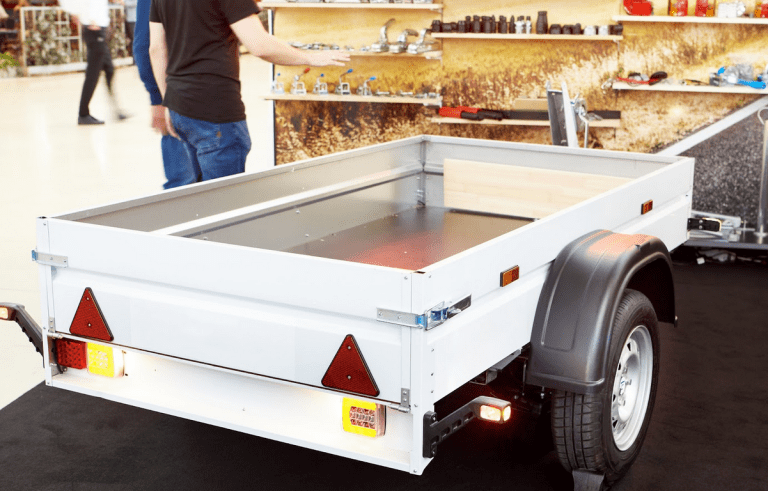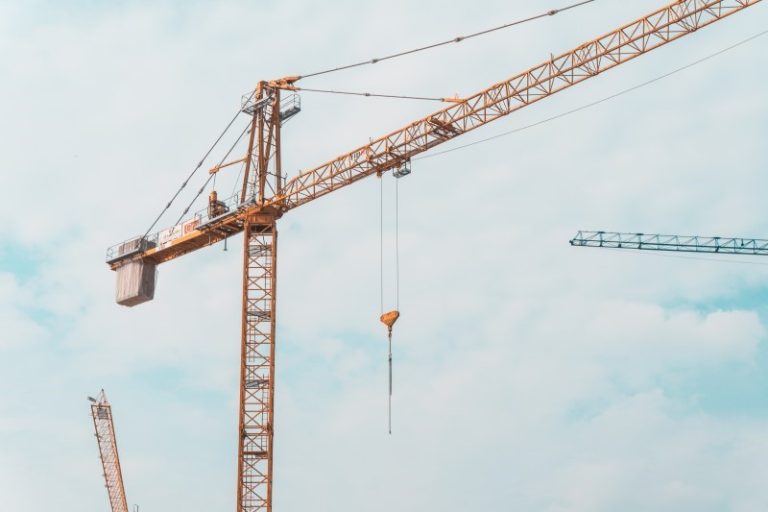The sustainability battle lines have been drawn – a new report has been released by the Green Building Council of Australia, a leading authority on sustainable buildings and communities in conjunction with property industry champion, the Property Council of Australia, calling for more support at a local government level for the adoption of sustainable building practices. A little-known fact about the energy market is that buildings play a significant role in energy use. Data from the report cites that approximately half of Australia’s electricity use, and a quarter of its emissions, and generated by buildings. As the nation works towards evolving emissions targets, how can the private sector work with government stakeholders to forge a brave new world in construction, from the smallest of homes to those built by Australian cranes? The answer, it appears, seems to lie in the role that local government has as a stakeholder and key approver for development, whether it be residential, commercial, or industrial. Several findings on the current state of government leadership on sustainability find a range of inconsistencies around land use, poor sustainability targets, poor procurement policy, and a lack of targeted support. The GBCA report highlights that while sustainability and the built environment typically have strong regulatory representation at a state and federal level, at a local government level, that representation can be wholly inconsistent, even between neighbouring councils. This can cause problems for developers when looking to develop sustainable projects, as they suddenly must contend with a third level of regulation that may not be wholly consistent with the standards they may have previously dealt with in construction. Specifically, the report recommends streamlining planning tools across councils, working collaboratively across legislative borders, as well as with industry and the community to work towards a positive and sustainable outcome. Secondly, the report highlights that a key consideration should be the work that is done on existing and developing council infrastructure, in that it must be sustainable and work towards promoting the high energy efficiency standards that are demanded of new residential and commercial development. In particular, the sustainability leadership of the Wollongong City Council’s work on their Administrative Building – first achieving an Australian Excellence award by the Green Building Council of Australia in 2015, then working towards receiving a further World Leadership award in the years since, as they continued to reduce the amount of energy consumed and water wasted on property. The report highlights the importance of having highly performant government buildings and the range of benefits that they can bring to stakeholders in the community. Thirdly, the report highlights that poor procurement policies can often hamper efforts to work towards sustainable outcomes. It specifically notes that to be successful, national guidelines should be developed to enhance the capabilities of local government to accurately assess value-for-money and sustainability features vs the whole-of-life cost of an asset – a level of detail that local government is unable to consistently apply. Launching alongside the report was the City of Melbourne’s Retrofit Melbourne plan – a plan for the City of Melbourne to work towards driving down the 66 percent of emissions that come from buildings in the council area. In a city where major manufacturing was discontinued in the last half century, council officials are exploring new and innovative ways to improve the sustainability of the properties in their council areas, without having to demolish and rebuild swathes of apartment buildings. Highlighting the importance of working together with industry, government, and other partners, Deputy Lord Mayor, Nicholas Reece said “It’s crucial we act now – working alongside industry, government and academic partners to future-proof our city for generations to come. We need to get the balance right – protecting our older buildings which give Melbourne its character, while accelerating our collective journey towards zero net emissions.” Another theme highlighted in the report was that there was a lack of mandatory reporting for buildings, concerning sustainability practices. For those who are looking to purchase or rent a property, it’s very unlikely that prospective occupants would be able to find anything publicly listed about the sustainability features of a property – even though it is well-documented that consumers are willing to spend more if they know a property has sustainability features such as high energy efficiency. The importance of connection, and industry partnership, was highlighted as a critical theme throughout the report. Noting that little is done in isolation, the benefits of partnership and working together were highlighted in great detail, at both a domestic and international level. Much can be learned from the overseas experience – all nations are feeling the dangerous impacts of climate change, from Texas’ record-breaking freeze to the European heatwave recently named Cerberus, after the hound of Hades from Greek mythology. A sign of things to come, perhaps? While many nations are experiencing the impacts of climate change, many cities are adopting models that highlight the benefits of adopting the recommendations presented in the report by GBCA. Cities such as Chicago are working to streamline the permit approval process for sustainable buildings, and nations such as the UK are employing policies such as the UK Better Buildings partnership, collaborating with leading commercial property landlords to drive improvements in the sustainability of existing commercial stock. The challenges of climate change may seem insurmountable at times, but the work that cities and nations across the globe are doing to drive down emissions and work towards saving the world is certainly a cause for celebration. What now for the report, now that it has been released? It is hoped that the Albanese government may be able to implement some of the policies at a federal level, such as the sustainability ratings system. The Green Building Council of Australia and the Property Council of Australia remained determined to tackle the impacts of climate change in their way, presenting a gold standard for how organisations can work together to tackle the challenges of today. Now, it’s time for local government to step














